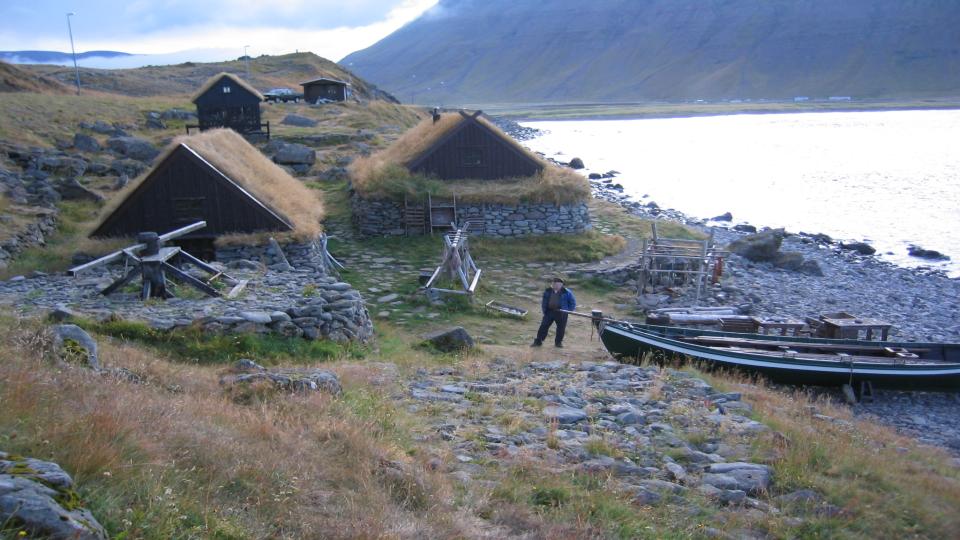Newest Era
Living Hunter’s Museum of the Ju/’Hoansi, Xa Oba (NA)
Apart from getting to know the fascinating ancient culture of the Ju/’Hoansi, native to the Kalahari desert for thousands of years, experiencing a real hunt with hunters from the Living Museum is the focal point.
Living Museum of the Damara (NA)
Together with the Bushmen the Damara belong to the oldest nations in Namibia. Their original culture was a mixture of an archaic hunter-gatherer culture and herders of cattle, goats and sheep. Due to their loose social structures the Damara were not able to defend themselves against aggressors during the colonization of Namibia. This is one of the reasons why their culture has to a great extent fallen into oblivion.
Living Museum of the Mafwe (NA)
The Living Museum offers visitors an interesting insight into the life of the Mafwe. The Living Museum is an authentic open-air museum where guests can learn a lot about the traditional culture and the original way of living of the Mafwe.
Living Museum of the Ju/‘Hoansi - Grashoek (NA)
The Living Museum of the Ju/'Hoansi-San gives visitors an interesting insight into the life of the San. The Living Museum is an authentic open-air museum where guests can learn a lot about the traditional culture and the original way of living of the San.
Worcester Museum (ZA)
Situated on the R60 near Kleinplasie, the Worcester Museum portrays pioneer agricultural life at the Western Cape with live demonstrations and exhibitions. It is open daily. Rural trades and domestic activities are demonstrated regularly.
Ósvör Sjóminjasafn (IS)
Ósvör is the largest and the oldest fishing base in Ísafjardardjup. Here, just outside of Bolungarvík you will find a (re)construction of an old fishing outpost...
Did people know they were people or did they still think they were monkeys (NL)?
Many peoples modestly called and still call themselves ‘people’, like the Ainu in Japan or the Inuit of the Polar Circle as do many others. Prehistoric groups of people like the Neanderthal may have had the same habit...
I saw visitors throw coins into a few of the wooden canoes in the museum. Why (DE)?
This question rather requires answering by ethnologists. From archaeological view, this phenomenon can easiest be explained as the popular adaptation of earlier ‘”water cults”. From prehistory, we know numerous sacrifices...
People back then were not that stupid after all … (CH)
No, why should they! The modern human (Homo sapiens sapiens) is around for about 37,000 years. Ever since, people have the same appearance and the same development of the brain as we do...
How many people stayed on a Crannog (UK)?
Crannogs varied in size but it would probably be an extended family of parents, grand parents and children, aunts uncles, cousins, etc. Crannogs were used from 5,000 years ago to as recently as 250 years ago, so the number of people staying there would have changed as the function of crannogs changed.






